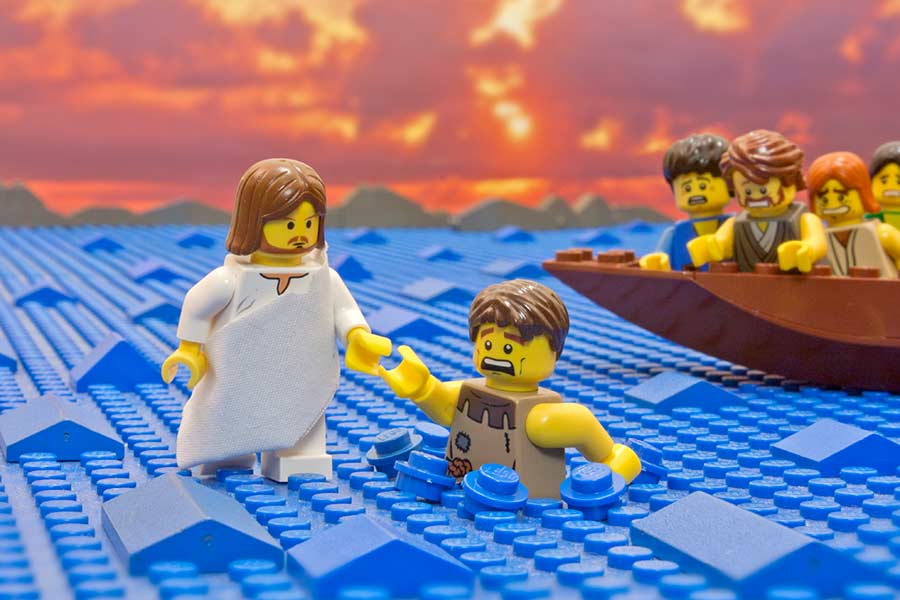One year into the Civil War, another petition for Deseret to become a state was sent to Washington, DC, but was denied due to the Republican party's position against polygamy. That same year President Abraham Lincoln signed into law the Morrill Anti-Bigamy Act of 1862, outlawing plural marriage and prohibiting the Church from owning more than $50,000 in property. Enforcement of this law, however, was set aside by Lincoln's more pressing concerns of the war.
But Lincoln's appointee as governor of Utah—Stephen A. Harding of Indiana—considered the Mormons disloyal citizens. And the US government saw fit to station Union troops in the foothills near Salt Lake City throughout the duration of the war. Though the army was considered a nuisance, the Saints benefitted when in 1863 the Union troops displaced the Shoshone tribe from Southern Idaho, opening that desirable land to Mormon settlement.
With the war's conclusion signaling the possible start to the enforcement of the US's recently-passed anti-bigamy law, all the Church's acquisitions over $50,000 were secretly put in Brigham Young's personal ownership to avoid confiscation. President Young then sought to economically isolate the Saints from rest of the nation. "Let every one of the Latter-day Saints decree in their hearts that they will buy of nobody else but their own faithful brethren," he said in an October 1865 speech, "We have to preserve ourselves, for our enemies are determined to destroy us."
To avoid enriching outsiders, Church-run cooperatives and factories were promoted that eventually managed nearly all the business of the Saints. Then in 1872, Brigham Young reinstituted the law of consecration in which members of the Church were asked to deed all of their property to the bishop of the Church to be redistributed so as to eliminate poverty and greed. Satan would later popularize a counterfeit version of this economic system which would go by the name of communism.
During this period, President Young also began promoting a new phonetic alphabet known as Deseret. Hoping to make it easier and faster for children and foreign converts to learn to read English, the Church printed primers on the new alphabet and even had copies of the Book of Mormon printed in the new script. After a number of attempts were made at converting the Saints to read and write in Deseret, however, the project was deemed infeasible and abandoned.
Throughout the last years of Young's life, he was eager to see the Saints complete the building of temples in their new Salt Lake Valley home so that proxy baptisms and other essential rituals could be carried out there on behalf of the dead. In 1877, the signers of the Declaration of Independence appeared to future Church president Wilford Woodruff for two days and nights, asking why this work on behalf of the dead had not yes been carried out for them.
While work on the Salt Lake City Temple continued apace, it was the temple in St. George, Utah, that was completed first. There Woodruff carried out proxy baptisms for every president of the United States up to that time—except for Ulysses S. Grant, Martin Van Buren, and James Buchanan, in whose cases it was decided that "when their cause is just, somebody will do the work for them."
The 77-year-old prophet Brigham Young fell ill in late August of 1877. Despite efforts of doctors and the prayers and fasting of the Saints, he died six days later. With a divine look on his face, he called out in his last words, "Joseph! Joseph! Joseph!" Decades later, Mahonri Young would immortalize his grandfather by sculpting the statue of Brigham Young now on display in the rotunda of the United States Capitol building in Washington, DC.
NEXT:
Also from the creator of The Brick Book of Mormon:

